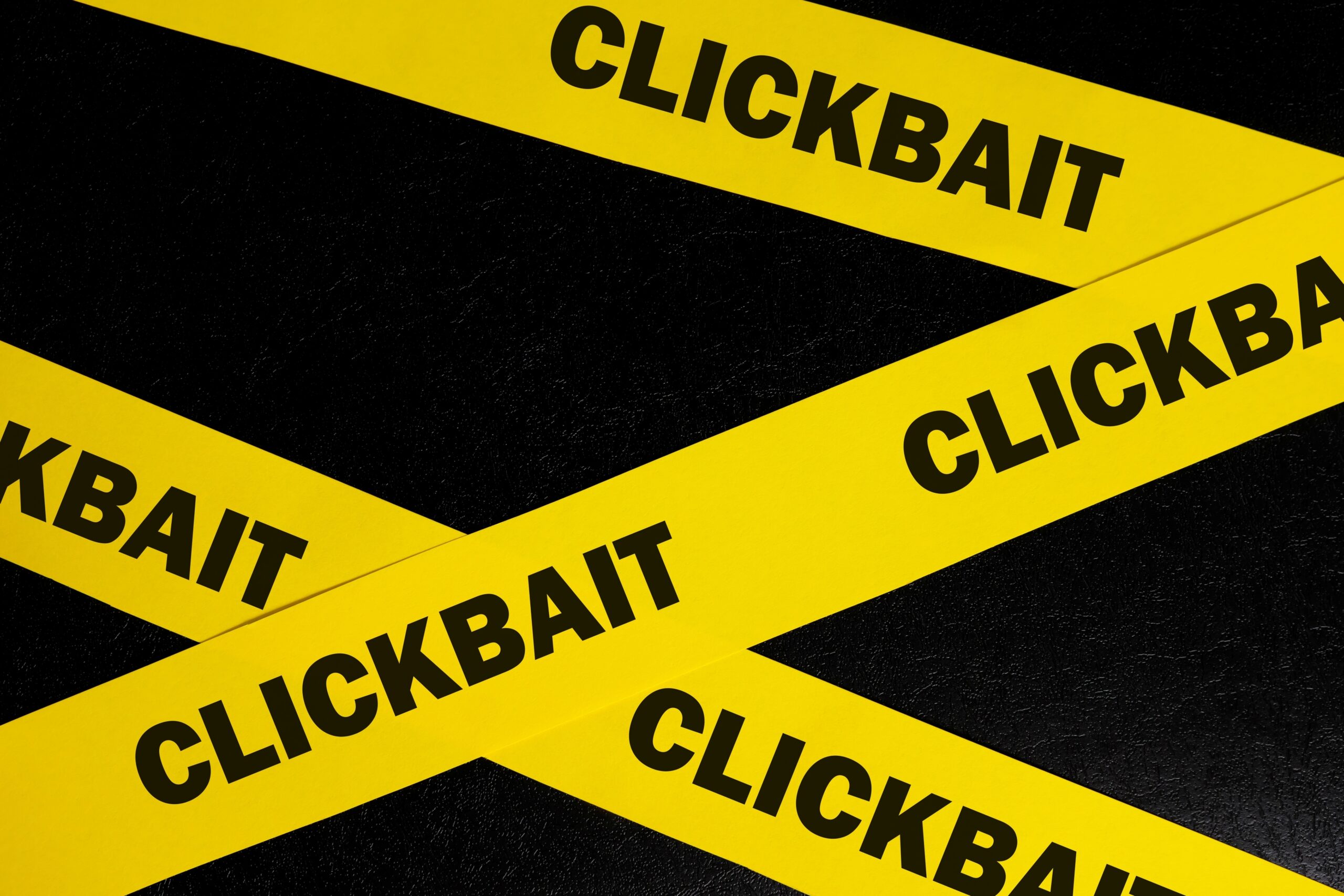FDA Describes Potential Hazards Associated with Species Substitution
Today FDA released the 4th edition of the Fish and Fishery Products Hazards and Controls Guidance document (Hazards Guide). Newly added to the guidance is confirmation that misidentification of species (i.e., species substitution) could result in a potential food safety hazard. Chapter Three of the Hazards Guide lists the potential species-related and process-related hazards in table format and includes the following information on species substitution.
Species substitution
Illicit substitution of one species for another may constitute economic fraud and/or misbranding violations of the Federal Food, Drug, and Cosmetic Act. Furthermore, species substitution may cause potential food safety hazards to be overlooked or misidentified by processors or end users, as shown in Table 3-1, The Effect of Misbranding Through Species Substitution on the Identification of Potential Species-Related Hazards. These examples are based on actual incidents of species substitution or misbranding.
Table 3-1
THE EFFECT OF MISBRANDING THROUGH SPECIES SUBSTITUTION ON THE IDENTIFICATION OF POTENTIAL SPECIES-RELATED HAZARDS
|
ACTUAL MARKET NAME OF PRODUCT |
POTENTIAL SPECIES- RELATED HAZARDS ASSOCIATED WITH THE ACTUAL PRODUCT (FROM TABLE 3-2) |
PRODUCT INAPPROPRIATELY LABELED AS |
POTENTIAL SPECIES-RELATED HAZARDS THAT WOULD BE IDENTIFIED BASED ON INAPPROPRIATE SPECIES LABELING (FROM TABLE 3-2) |
|
Escolar |
Gempylotoxin Histamine |
Sea bass |
Parasites |
|
Puffer fish |
Tetrodotoxin Paralytic Shellfish Poisoning |
Monkfish |
Parasites |
|
Spanish mackerel |
Parasites Histamine Ciguatera Fish Poisoning |
Kingfish |
None |
|
Basa |
Environmental chemical contaminants and pesticides |
Grouper |
Parasites Ciguatera Fish Poisoning |
|
Grouper |
Parasites Ciguatera Fish Poisoning |
Cod |
Parasites |


